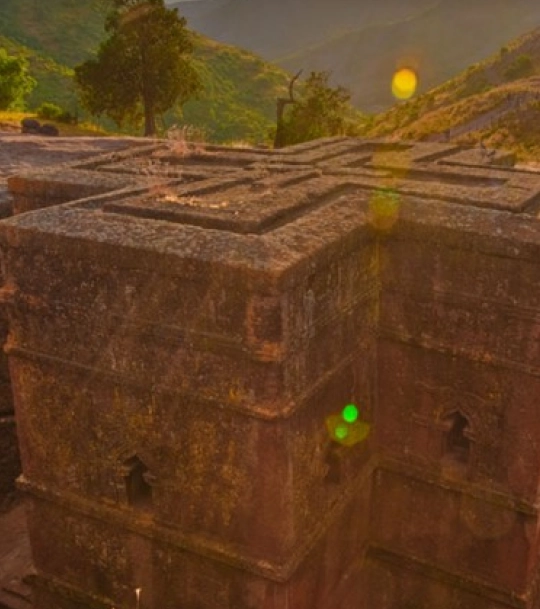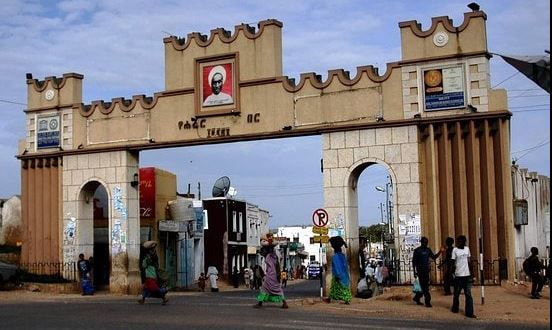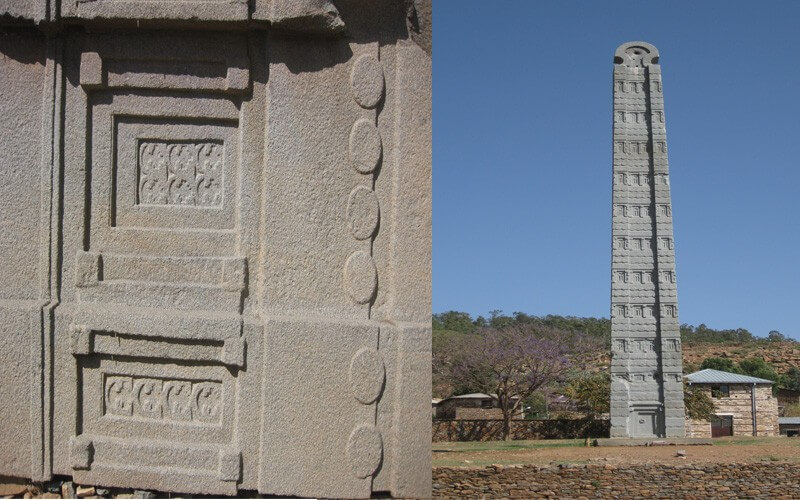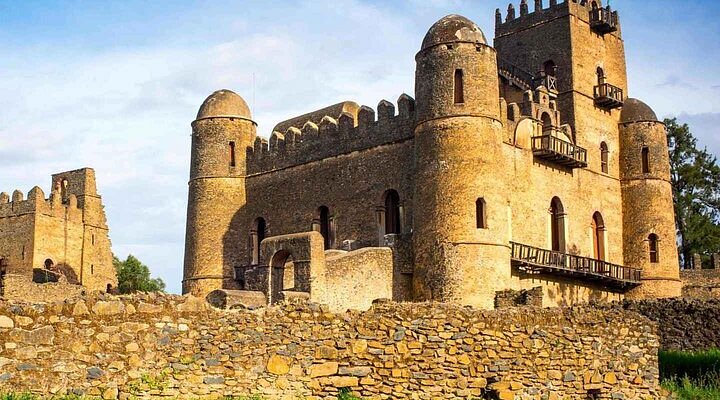
A UNESCO World Heritage Site, the 11 rock-hewn churches of Lalibela, carved in the 12th–13th centuries under King Lalibela, are a pinnacle of Ethiopian Orthodox Christian architecture. These monolithic churches, including the iconic Bet Giyorgis with its cross-shaped design, were hewn from solid rock and remain active places of worship. Highlights include Bet Medhane Alem, the largest with its Greek temple-like structure, and Bet Giyorgis, renowned for its intricate carvings and isolated trench setting. The churches’ tunnels, sacred chambers, and vibrant frescoes reflect Ethiopia’s deep spiritual heritage.
A UNESCO World Heritage Site, Harar Jugol is a 16th-century fortified city in eastern Ethiopia, known as the “fourth holiest city in Islam.” Enclosed by historic walls with five gates, its labyrinthine alleys house over 80 mosques, colorful Harari homes, and vibrant markets. Key sites include the Great Mosque (Jami Mosque), a 10th-century architectural gem, and the Arthur Rimbaud House Museum, showcasing the French poet’s life in a traditional Harari house. The city’s Islamic manuscripts, trade artifacts, and multicultural heritage reflect its role as a historic trade hub.


A UNESCO World Heritage Site, the Axum Obelisks in northern Ethiopia are towering granite stelae from the 3rd–4th centuries, marking royal tombs of the Axumite Kingdom. The 24-meter Obelisk of Axum, returned from Italy in 2005, and the fallen Great Stele showcase intricate carvings and engineering prowess. Nearby, the Church of St. Mary of Zion, believed to house the Ark of the Covenant, marks Ethiopia’s early adoption of Christianity in the 4th century. The site’s historical significance as a trade and cultural hub is further highlighted by King Ezana’s Inscription, a multilingual stone tablet.
A UNESCO World Heritage Site in Gondar, Fasil Ghebbi is a 17th-century fortified complex founded by Emperor Fasilides, often called the “Camelot of Africa.” The enclosure features palaces, libraries, and banquet halls, blending Axumite, Indian, and Portuguese styles. Fasilides’ Castle, with its domed towers, is a highlight, alongside Debre Berhan Selassie Church, famed for its cherub-adorned ceiling and vivid frescoes. Fasilides’ Bath, used for royal ceremonies, and the Qusquam Complex, a royal retreat, add to Gondar’s imperial legacy.
